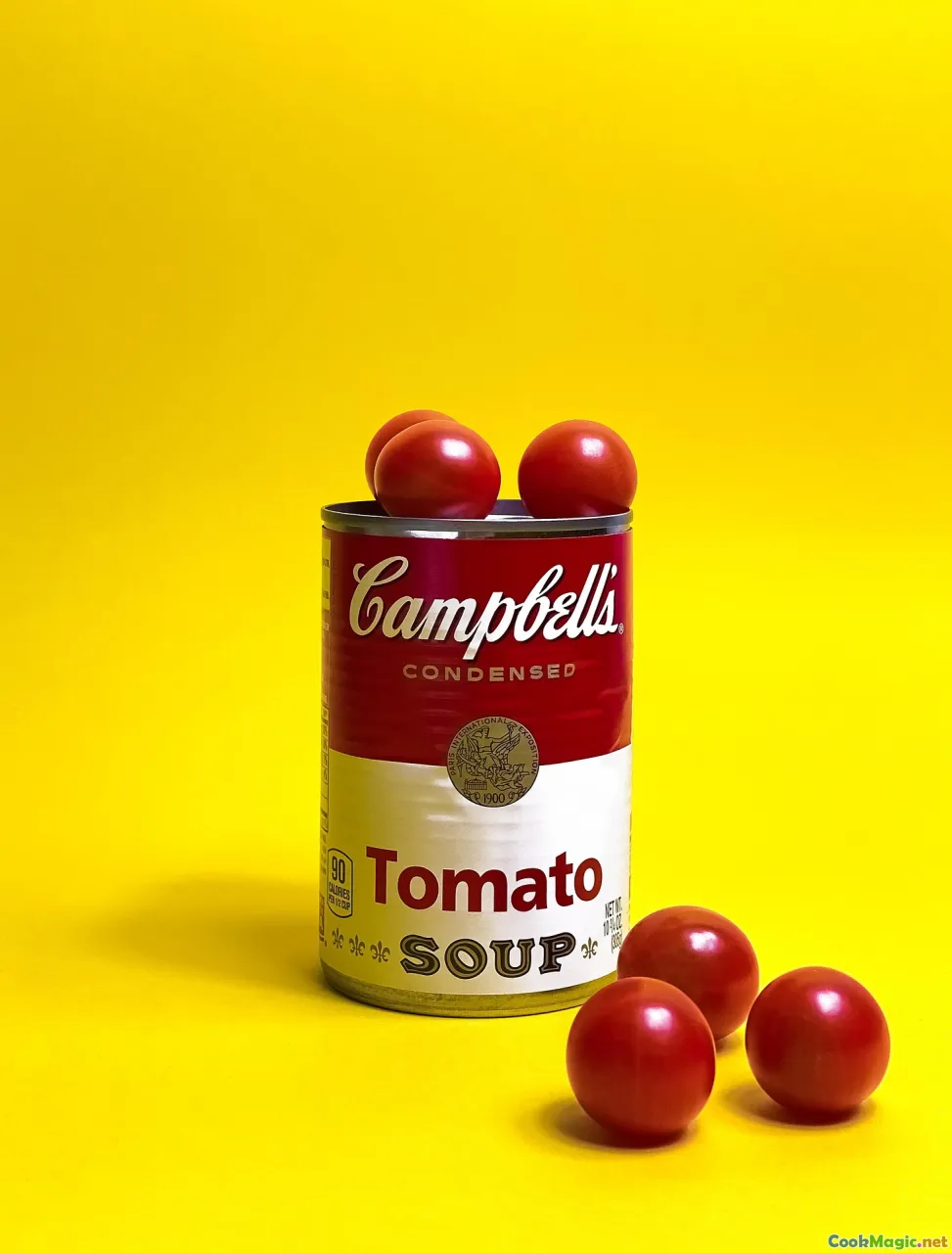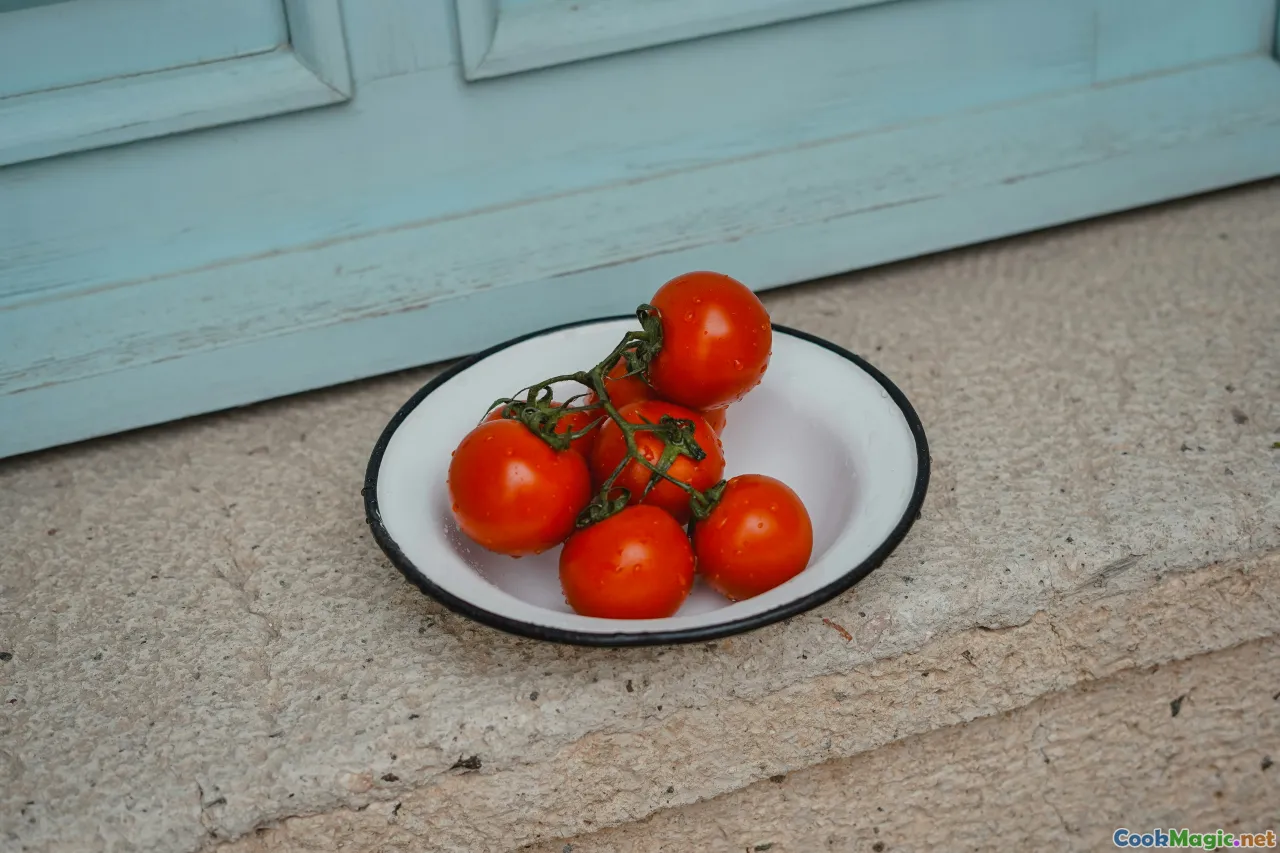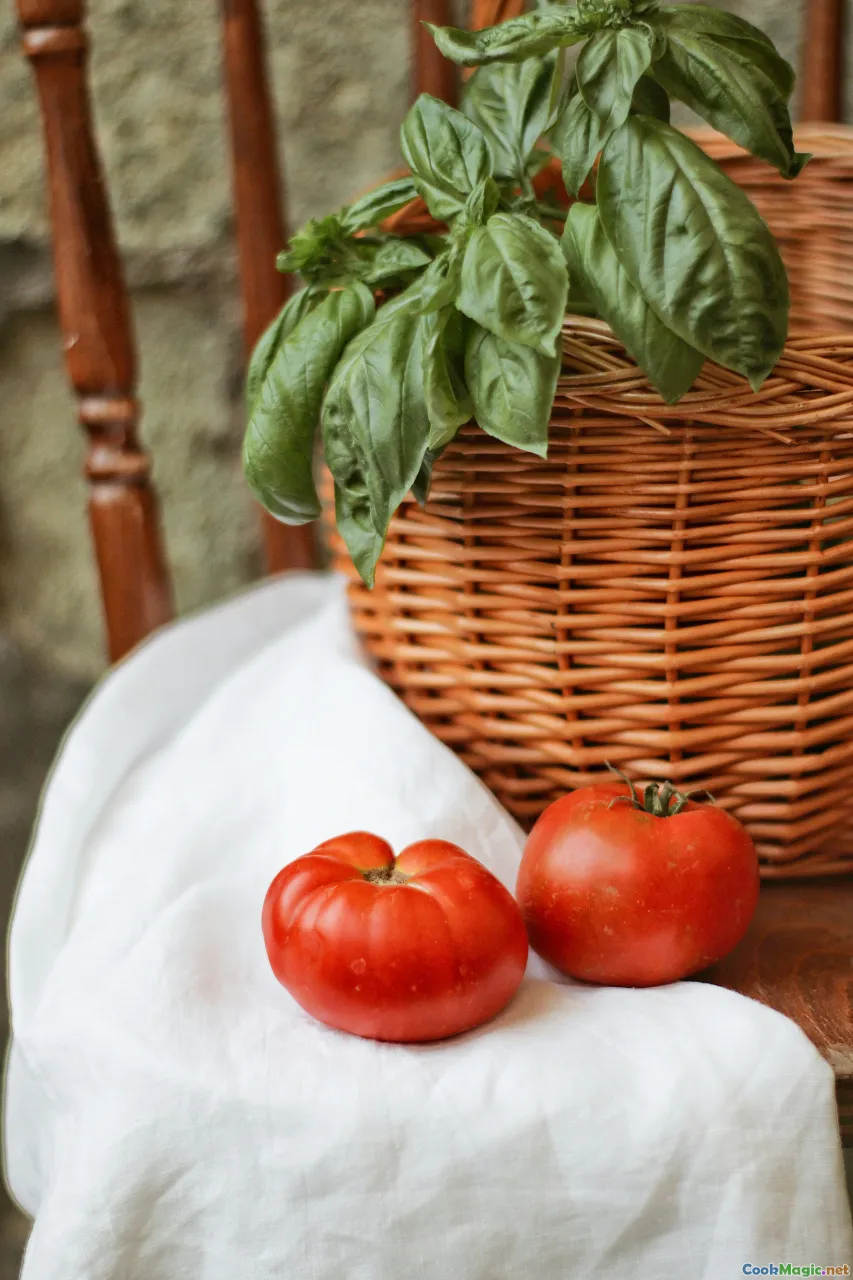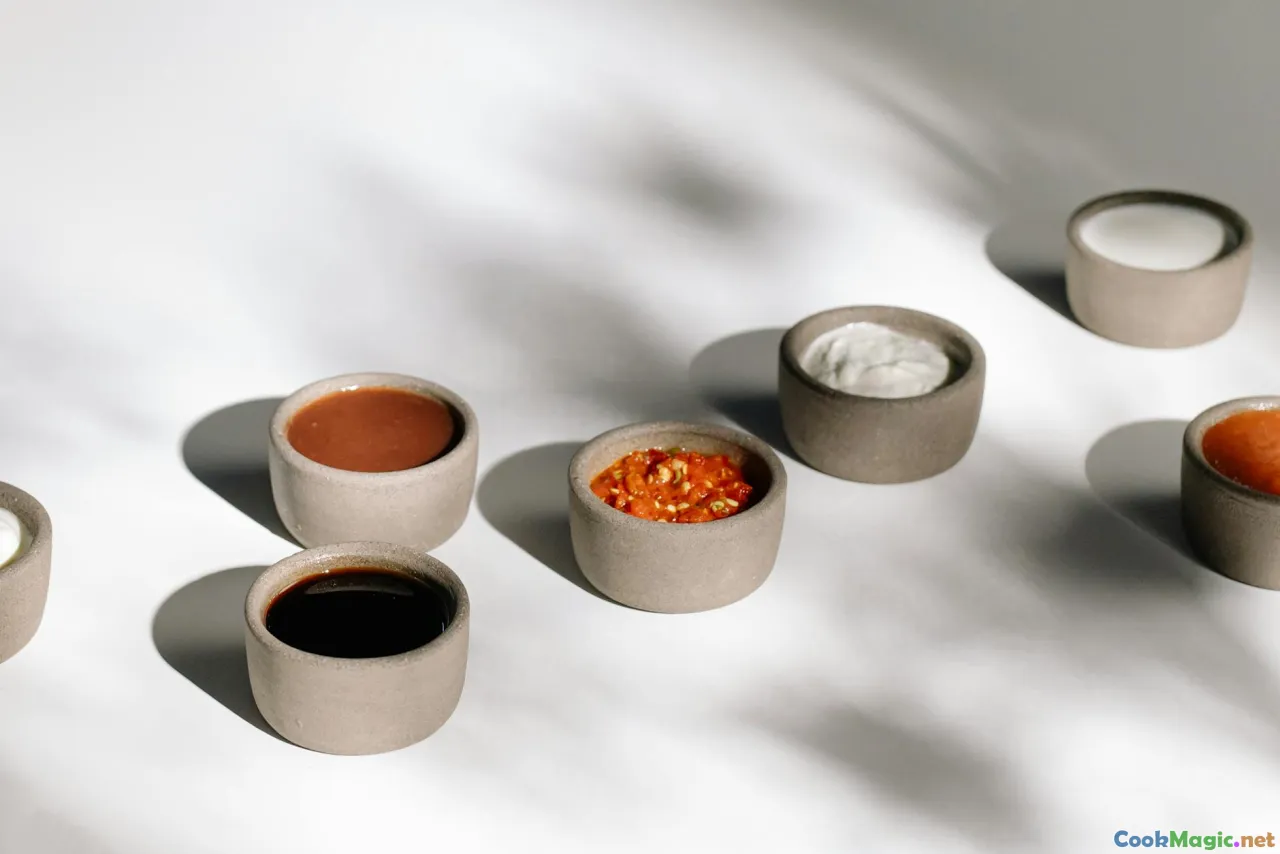Unveiling the Best Canned Tomatoes for Sauce
12 min read Discover top canned tomato options to elevate your sauces with quality, flavor, and consistency for every culinary creation. July 05, 2025 09:05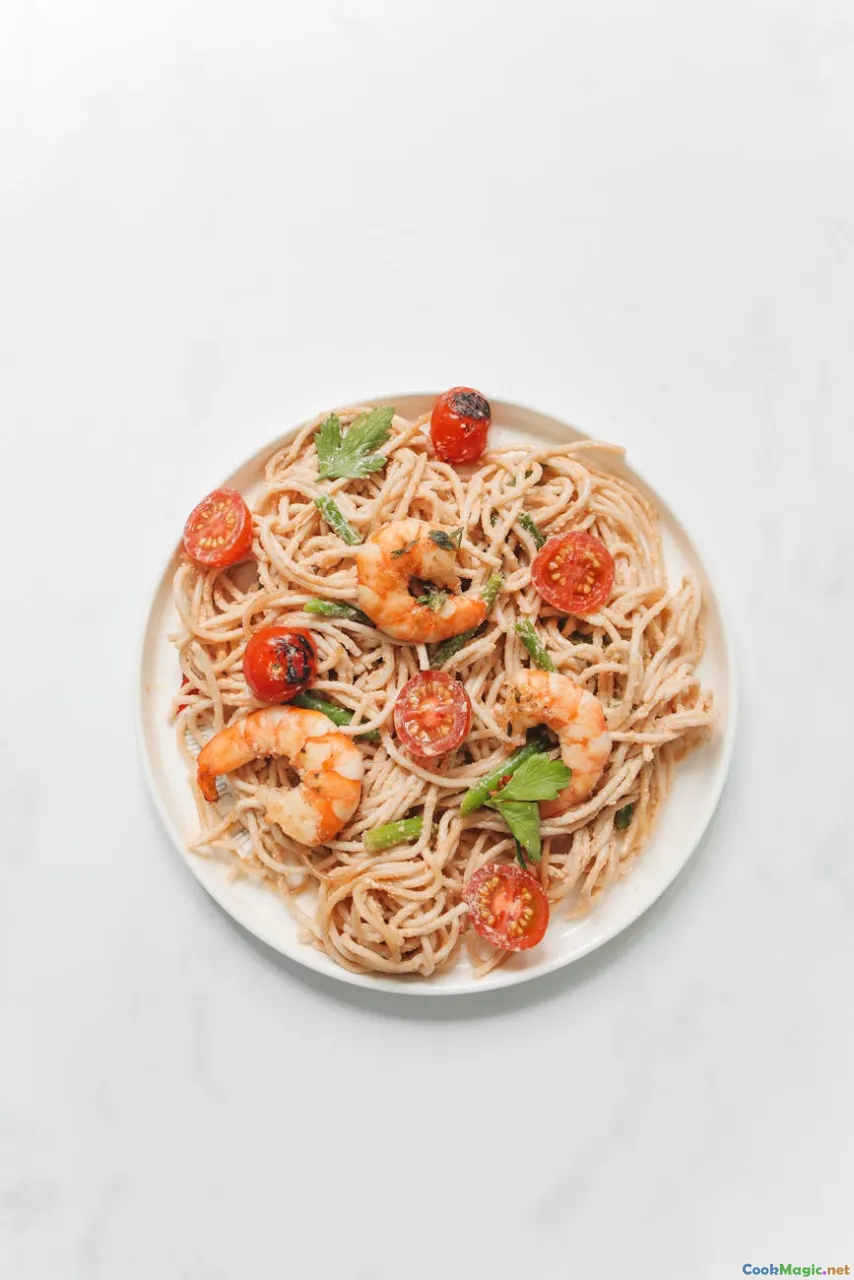
Unveiling the Best Canned Tomatoes for Sauce
Imagine the aroma of simmering tomatoes filling your kitchen, their vibrant red hue scattered like jewels across the stovetop. There’s an almost poetic magic to transforming humble canned tomatoes into rich, velvety sauces that can elevate pasta, bind a hearty chili, or staple a rustic ratatouille. But not all canned tomatoes are created equal; their nuances can make or break your culinary masterpiece.
For centuries, tomatoes have been the heart of Italian, Mediterranean, and Latin American cuisines. From the sun-drenched fields of Campania to the bustling mercados of Mexico City, tomatoes carry stories of tradition, sun-soaked land, and centuries-old recipes. Today, choosing the right canned tomato can be a voyage of discovery—one that unveils layers of flavor, texture, and authenticity.
Whether you're a professional chef meticulously crafting a San Marzano pasta sauce or a home cook perfecting your grandma’s fiery salsa, understanding what makes certain canned tomatoes stand out is essential. In this guide, we’ll explore the secrets of the best canned tomatoes for sauce, compare top brands, share pro tips, and dive deep into what each variety offers—not just in flavor but in cultural significance. So, let’s peel back the layers and find that golden jar of tomato goodness.
Why Canned Tomatoes Are a Kitchen Staple
Few ingredients are as versatile or reliable in the pantry as canned tomatoes. Unlike fresh tomatoes, which are at the mercy of seasonality and weather fluctuations, canned tomatoes are harvested at peak ripeness and preserved in their prime. This locks in flavor and ensures that every jar, every can, provides a consistent, high-quality base for sauces.
In regions with short growing seasons or unpredictable weather, canned tomatoes are often the only way to enjoy the taste of ripe, sun-kissed fruit all year round. Their long shelf life means you can keep a few varieties stocked and turn to them whenever a recipe demands a touch of tang or sweetness.
Beyond convenience, canned tomatoes open the door to global flavors—use San Marzanos for a traditional Italian sauce, fire-roasted varieties for smoky chili, or stewed tomatoes for rustic stews. Their ability to be transformed into countless dishes has cemented canned tomatoes as an essential in culinary history, from Medieval plagues reducing fresh produce to modern slow food movements, where quality and terroir matter.
The Varieties of Canned Tomatoes: Which One Suits Your Sauce?
Selecting the right canned tomato begins with understanding the options, each designed for a specific culinary purpose:
1. Whole Peeled Tomatoes
The backbone of many pasta sauces. These are intact tomatoes preserved in juice or puree, allowing chefs to decide whether to crush, chop, or blend. They maintain a tender yet firm texture—imagine the delight of hand-crushing San Marzanos to release their sweet aroma.
2. Crushed Tomatoes
Pre-processed for ease, these are gently mashed, making them ideal for quick sauces, soups, and stews. Consistency is key—they’re perfect for achieving a smooth or chunky texture.
3. Diced or Chopped Tomatoes
Corned in their own juice, these are perfect for stews, chilis, or dishes requiring some tomato chunks embedded within.
4. Tomato Purée/Sauce
A smooth, thick blend of pureed peeled tomatoes. Great for a base that needs no further processing.
5. Fire-Roasted or Smoked Varieties
These add depth with smoky, charred undertones—excellent in Mexican salsas or spicy pasta sauces.
6. Stewed or Sabut Tomatoes
Whole tomatoes cooked with herbs and seasonings. Their flavor is more layered—a true-time capsule.
Knowing which type complements your recipe is the first step toward sauce perfection.
The Top Contenders: Reviewing the Best Canned Tomatoes for Sauce
Over years of testing and cooking, several brands consistently stood out, thanks to their flavor profile, authenticity, and consistency.
San Marzano DOP TomatoesLet’s start with the revered gold standard. Grown in the volcanic soil of Italy’s San Marzano region, these tomatoes boast a balanced sweet acidity, with a smooth, less watery flesh.Taste & Texture:Richly sweet, almost honeyed, with minimal seediness. Their flesh is tender yet firm, making them ideal for pizza sauce and delicate pasta sauces.Brands to try:- Petersen’sSan Marzano DOP — Certified authenticity with a vibrant, true tomato flavor.
- La Valle San Marzano — Consistent, sweet, and less metallic.
Italian Classico
Usually made from a blend of Romagnolo or other varietals, these tomatoes offer a reliable, slightly sweet but less nuanced flavor perfect for everyday sauces.
Whole Peeled Tomatoes (Brand-specific)-San Giorgio — Known for their robust flavor and consistent texture.
- Muir Glen Organic — Ideal for health-conscious cooks, with a slightly zestier flavor.
Fire-Roasted or Smoked Tomatoes-*Badia] Fire-Roasted Tomatoes—charred flavor packed in a convenient can.
- Amore — Known for their smoky undertones—perfect for spicy tomato sauces.
Stewed Tomatoes-Del Monte — Classic, with added herbs, convenient for rustic dishes.
- Hunt’s — Juicy, flavorful, with a balanced acidity.
Their common strength? They pack a powerful punch of tomato flavor, but choosing among them hinges on the dish’s nuance.
How to Read Canned Tomato Labels: Decoding for Better Cooking
Your guide to purchasing quality canned tomatoes begins by understanding label specifics:
- DOP or PDO Certification: Guarantees authenticity (San Marzano, some others).
- Ingredients: Look for 100% tomatoes with no added sugar or unnecessary preservatives.
- Pack method: Whole peeled in juice, not as a puree—just like a chef would prepare.
- Harvest Date & Best-By: Fresher cans yield better flavor.
Armed with this knowledge, you can now scrutinize every can like a connoisseur.
Practical Tips: How to Use Canned Tomatoes for Sauce with Perfect Results
Achieving a flavorful, vibrant sauce hinges on technique as much as on ingredient quality:
- Drain and reserve the juice—use it to adjust consistency.
- Crush whole tomatoes with your hands or a fork for a rustic feel.
- Sauté aromatics first—garlic, onion, herbs—before adding tomatoes.
- Simmer gently—long, slow cooking develops sweetness and reduces metallic aftertaste.
- Finish with a splash of good olive oil and fresh basil to brighten flavors.
For a perfectly balanced sauce, consider blending some of the tomatoes after simmering for an ultra-smooth texture, especially for panna-style pasta or a classic marinara.
Tasting the Difference: Personal Insights and Experiences
In my own kitchen, I’ve experienced how San Marzanos, gently simmered with a touch of garlic and a pinch of sea salt, can turn a simple bowl of spaghetti into a transcendent meal. Their natural sweetness and low seed count make the sauce feel like a rich velvet—subtle yet complex.
Comparing fire-roasted varieties, I recall griulini beans tossing a smoky perfume into my chili con carne, transforming a steamy pot into a dish of layered depth.
The power of good canned tomatoes lies beyond their convenience; they echo culinary traditions and evoke memories of Italy’s sun-drenched farms and vibrant markets.
Final Thoughts: Choosing Your Tomato Destiny
Selecting the best canned tomatoes isn’t just about flavor—it’s about respect for tradition, understanding the origin, and aligning with your culinary intent. Whether you opt for the sweet, tender San Marzanos or seek out smoky fire-roasted varieties, each can carries the promise of transformation.
Embark on this journey with curiosity and a discerning palate. Play, experiment, and savor every spoonful. Your perfect tomato sauce isn’t just a recipe—it’s an experience waiting to unfold with each can opened, each simmered second, and each flavor-layered bite.
After all, in the humble can of tomatoes lies a world of culinary history, passion, and artistry—ready for you to unveil.
